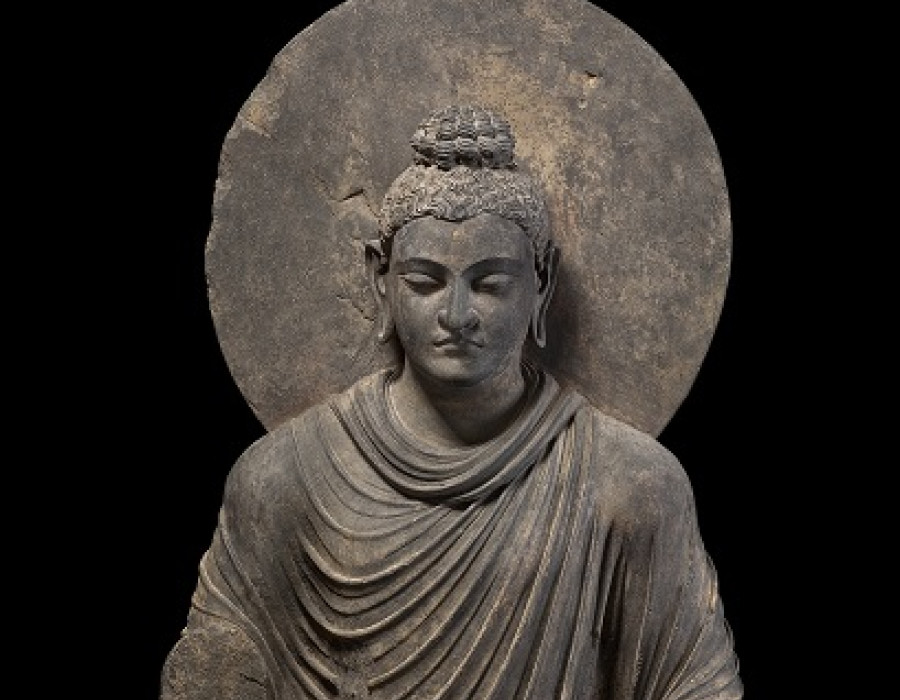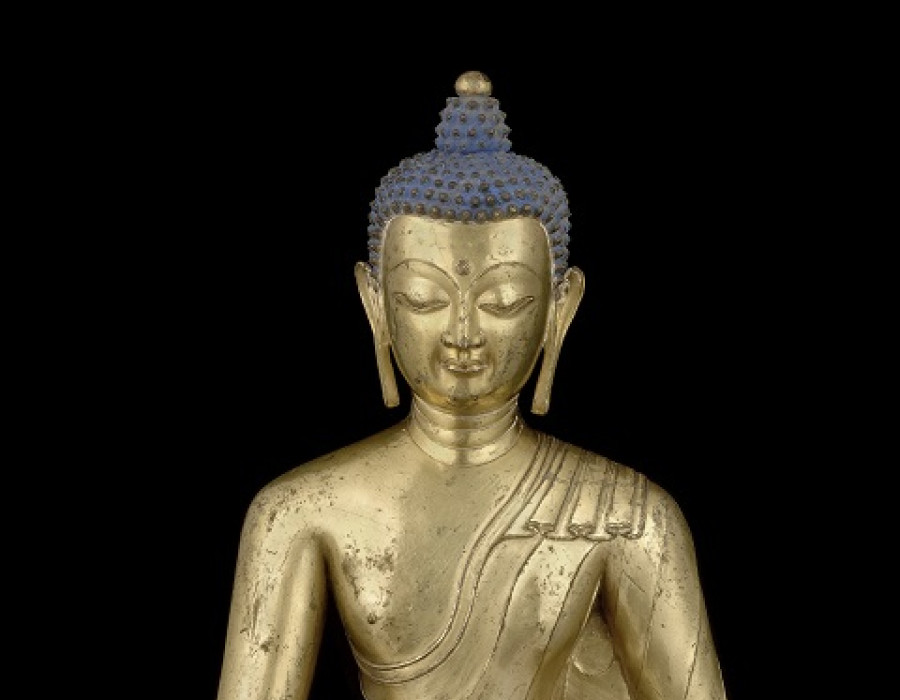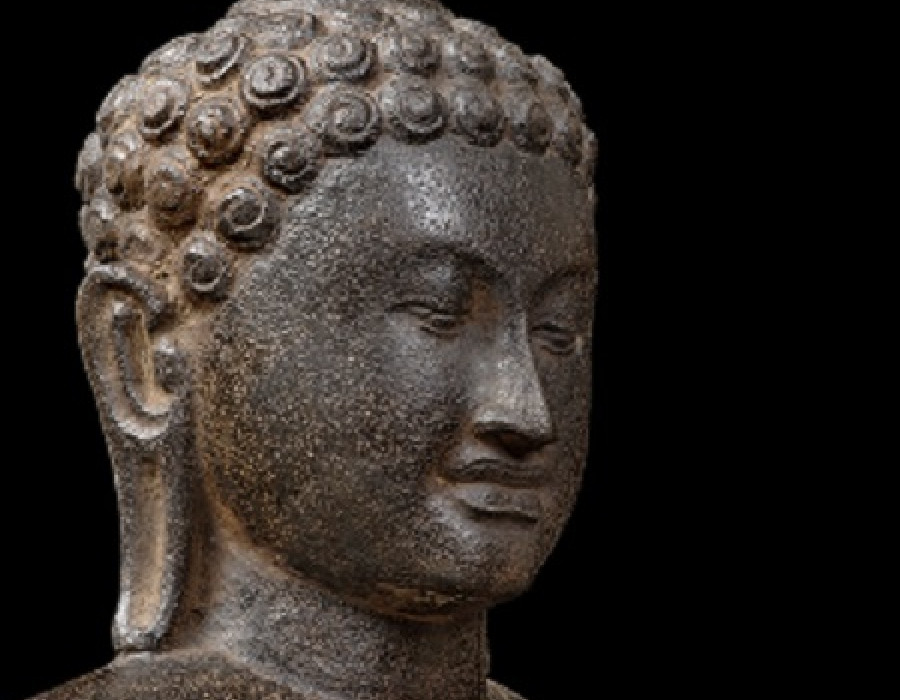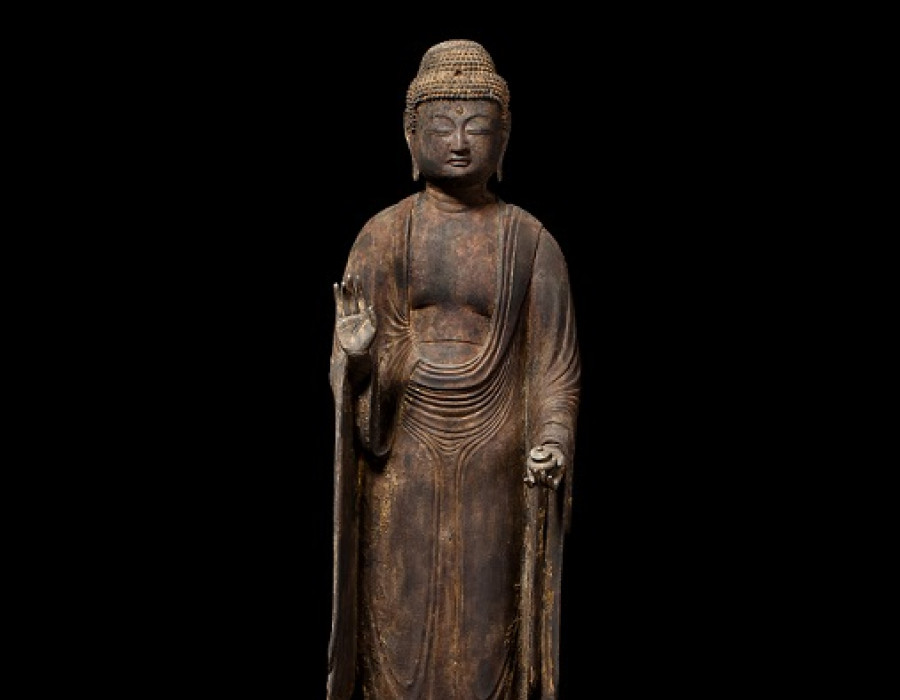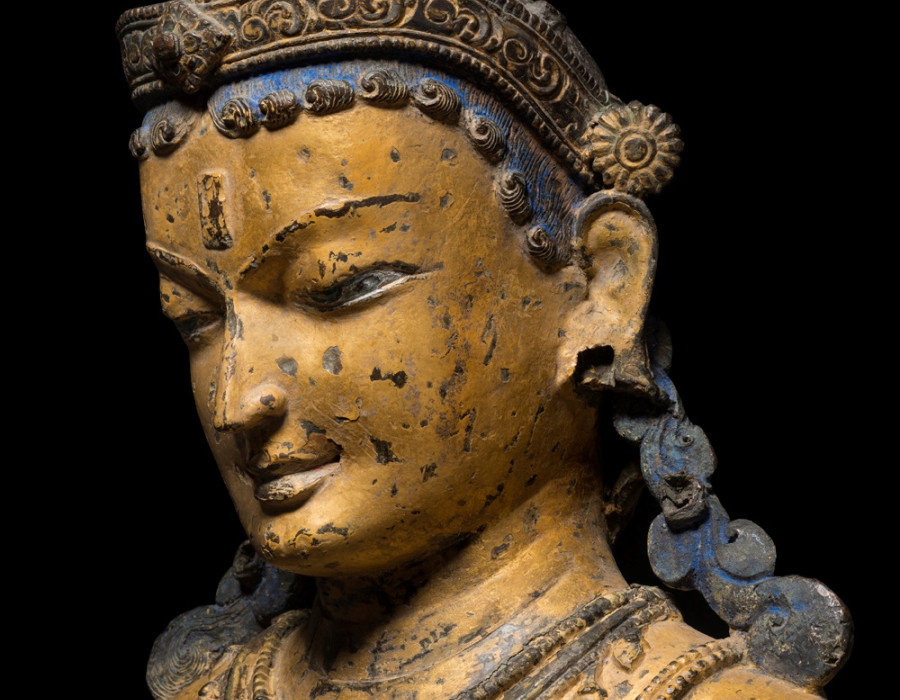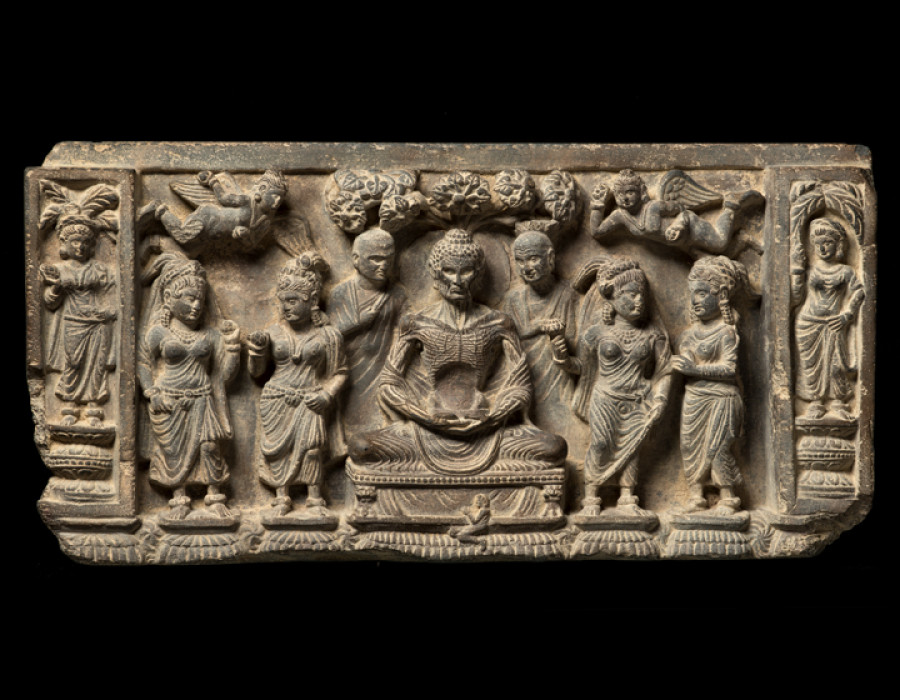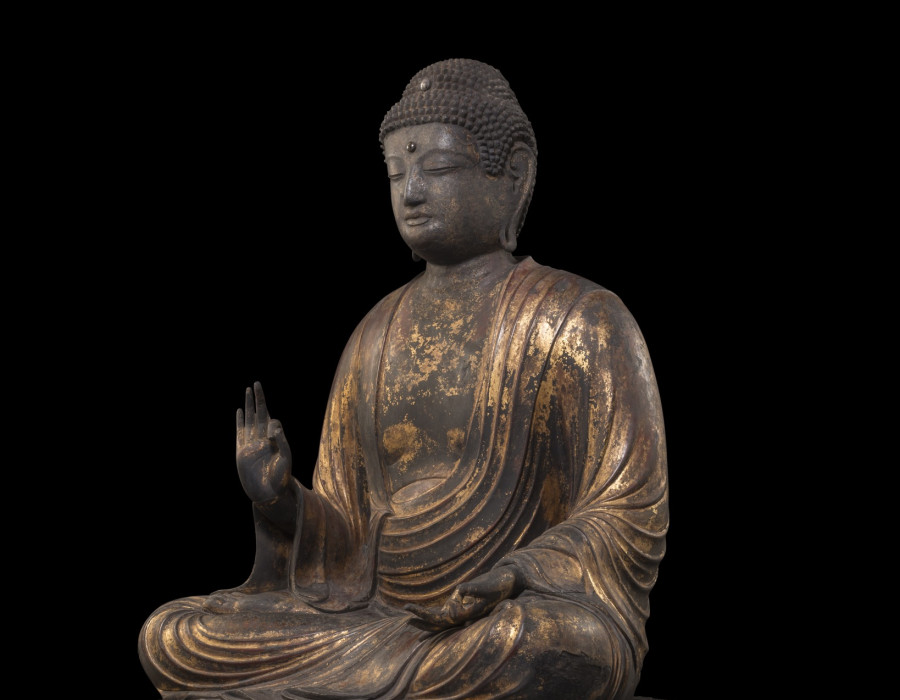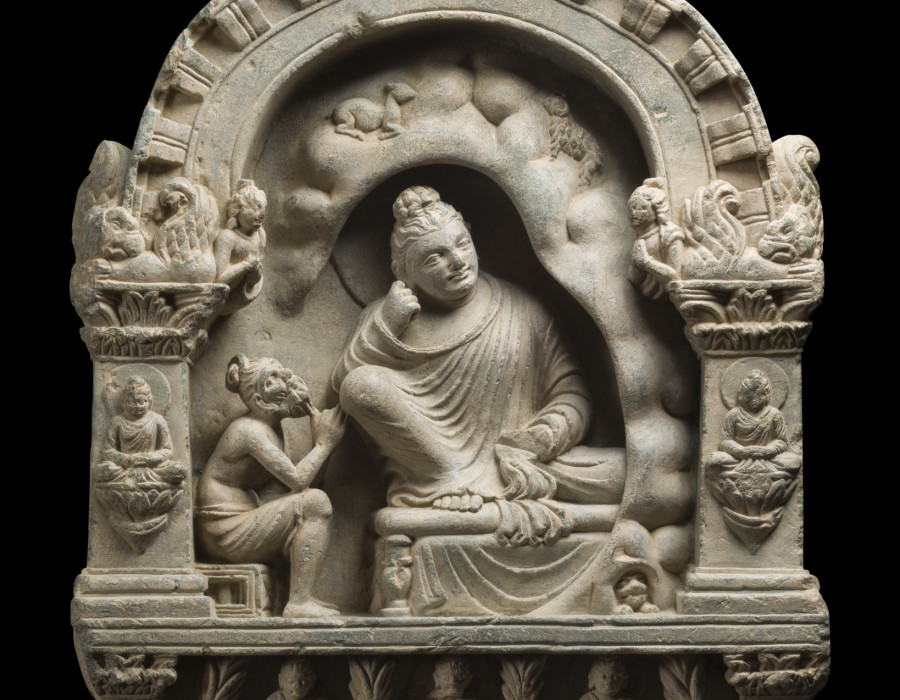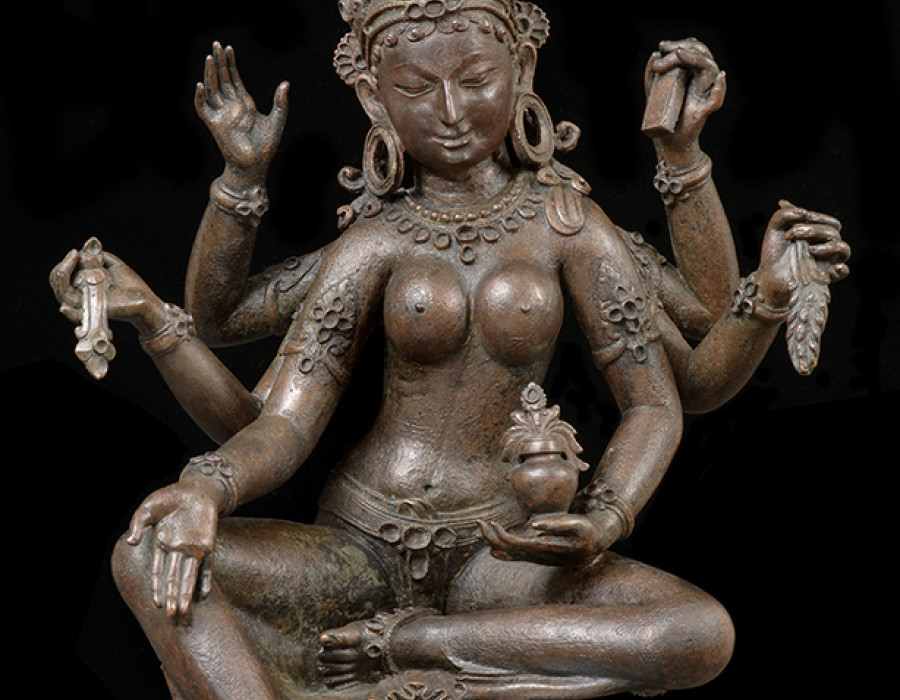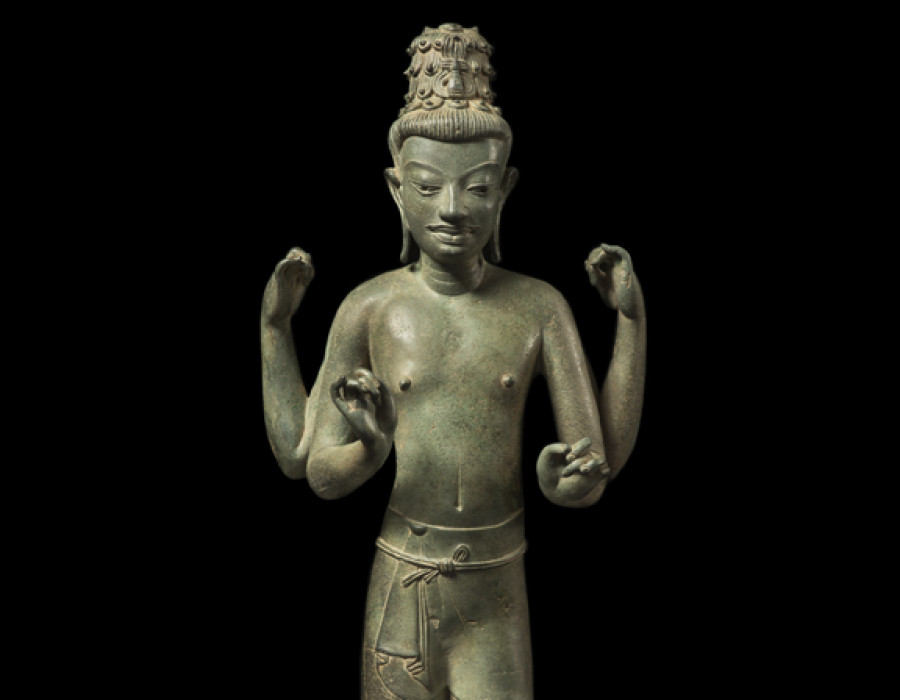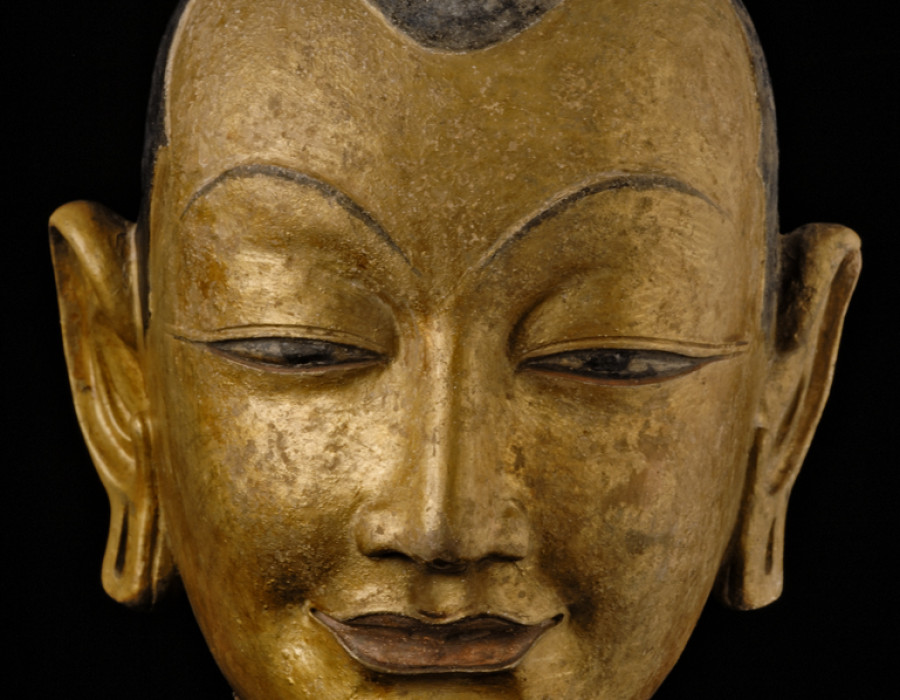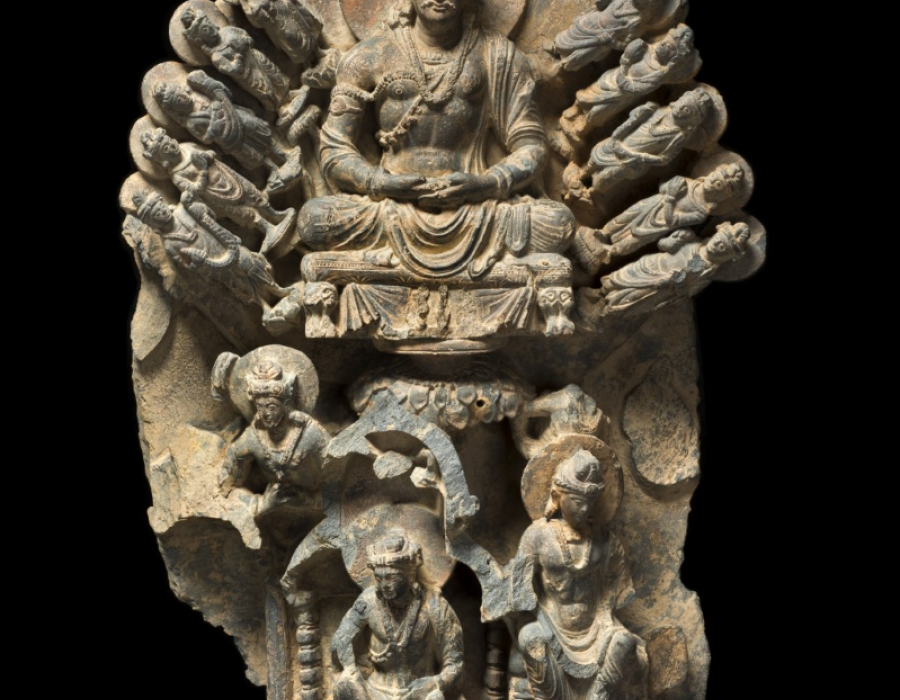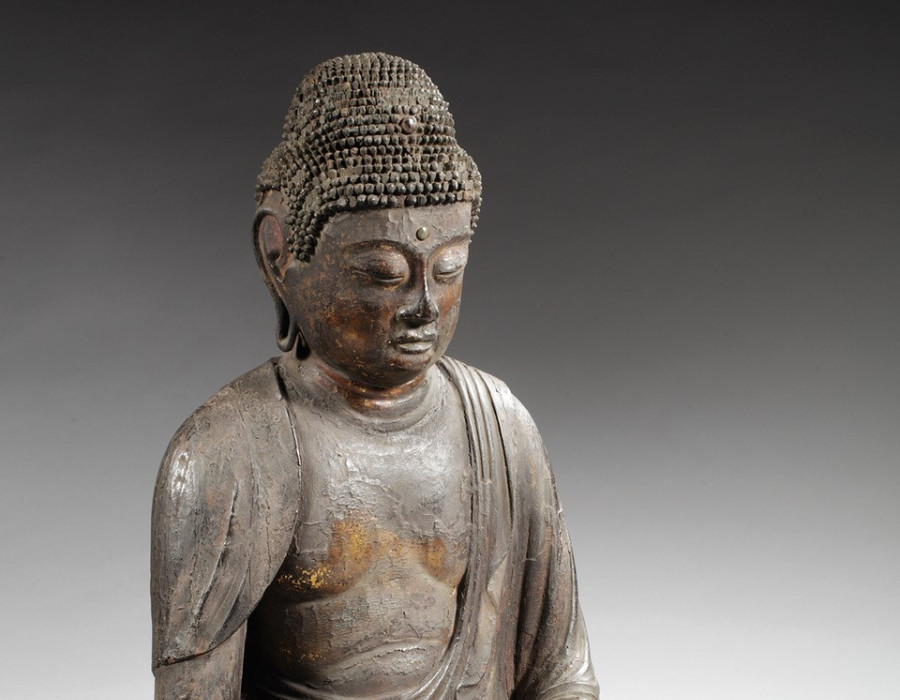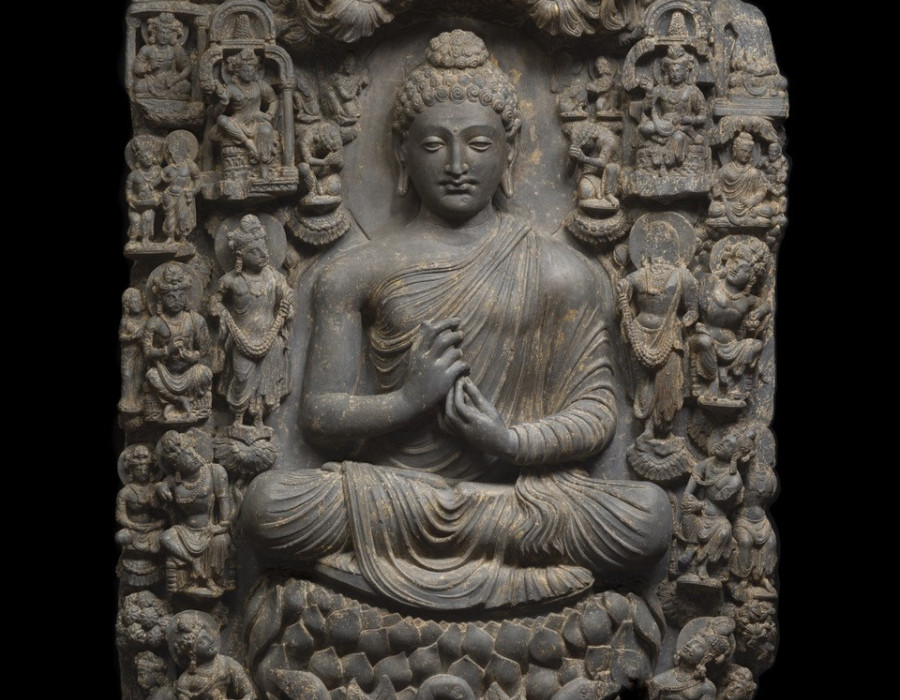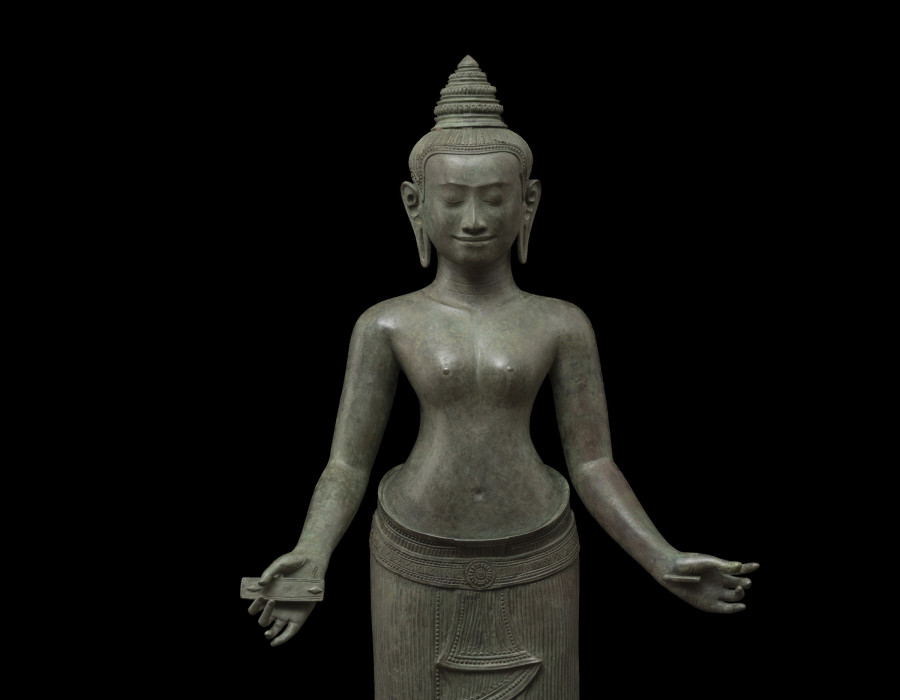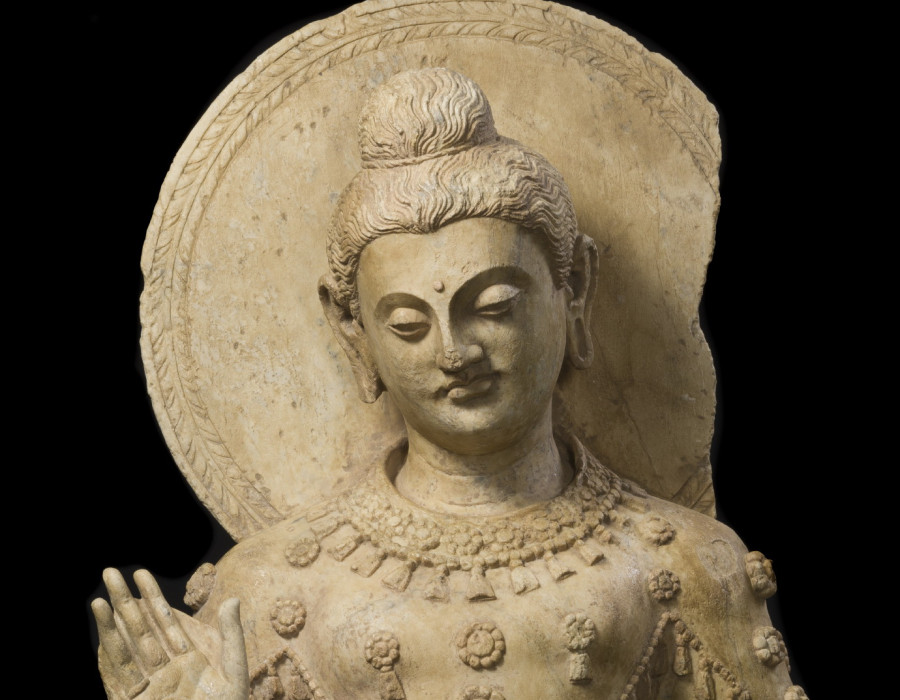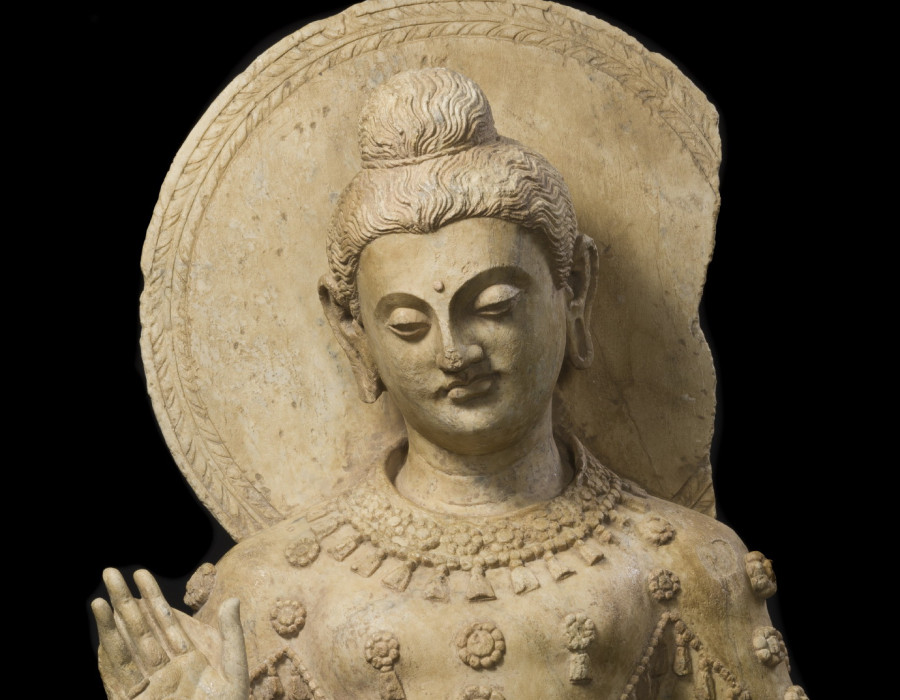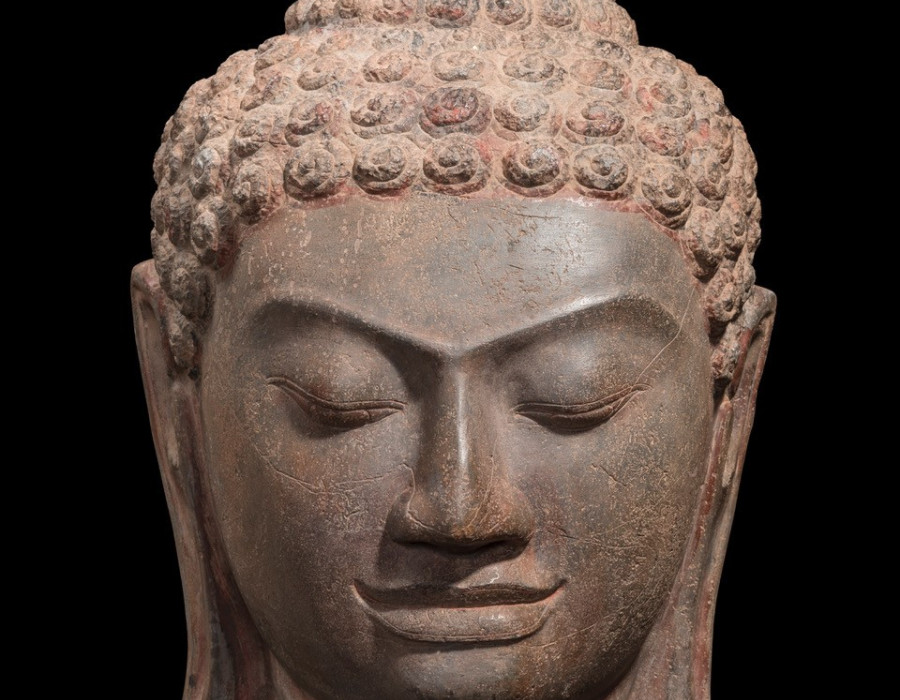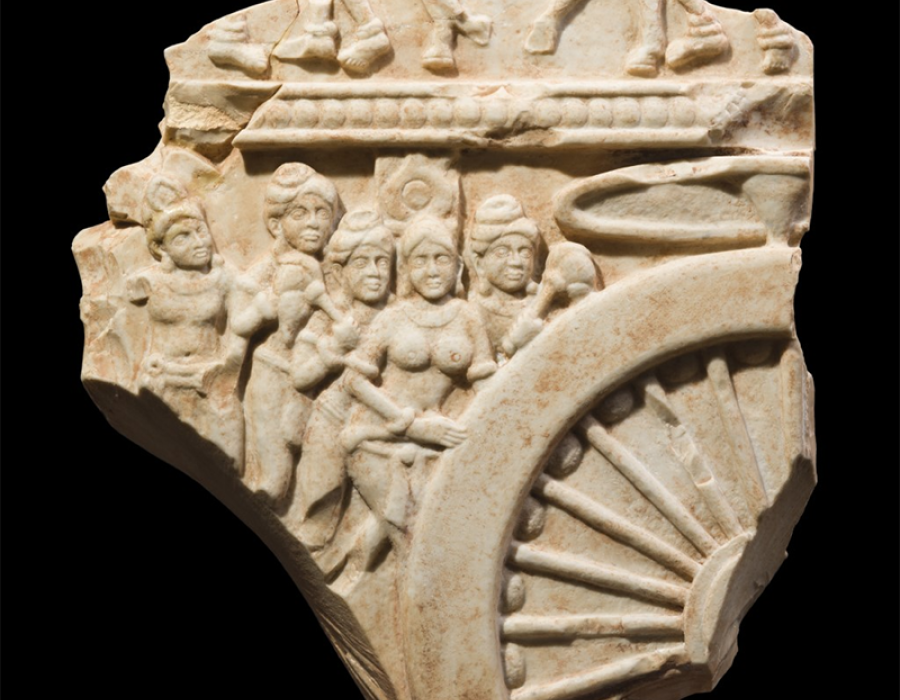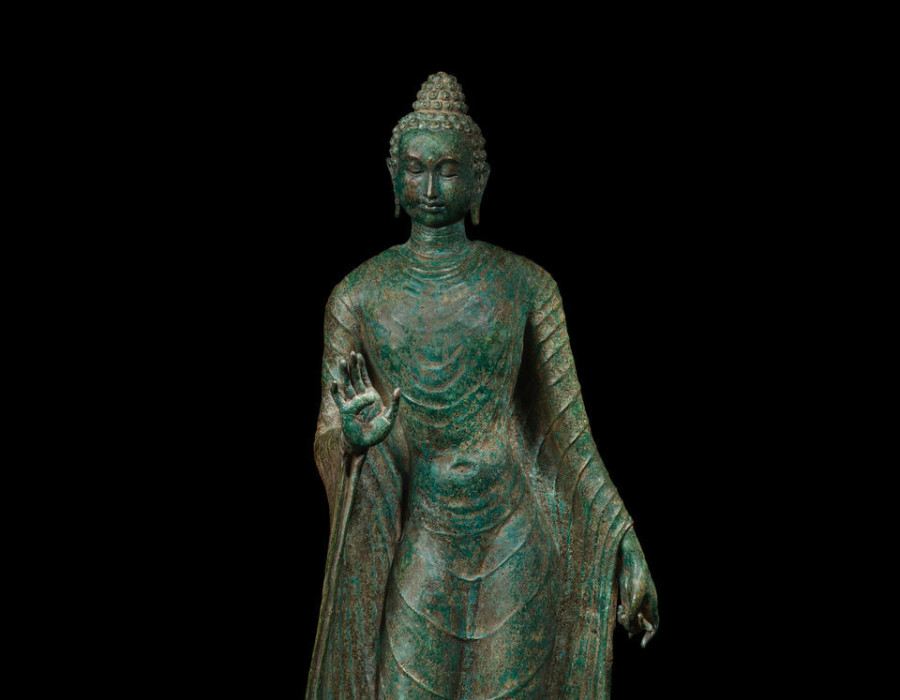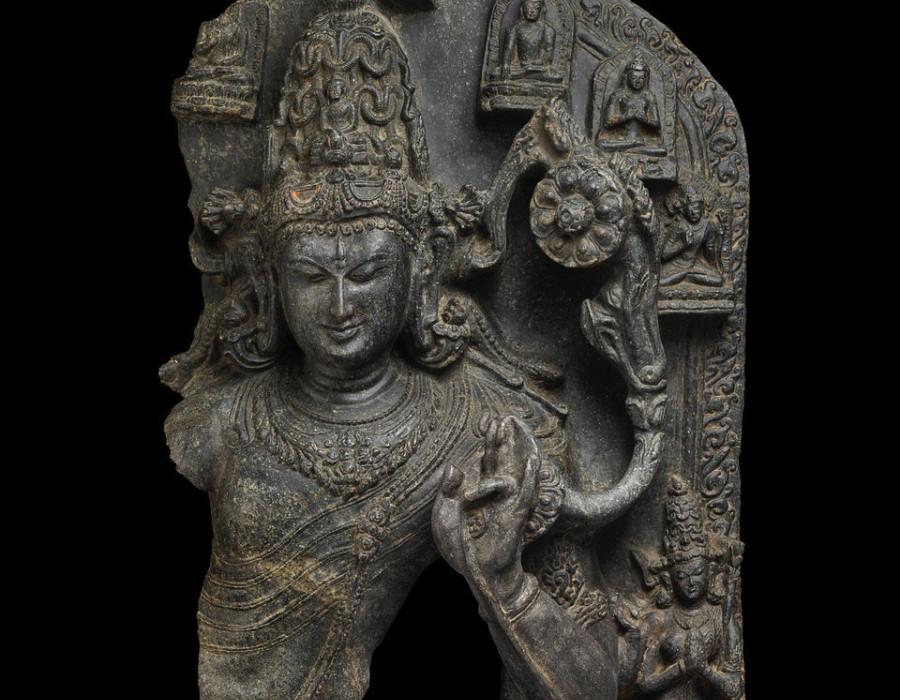
Martin Goodson
Amida Buddha - Muromachi period
Images of Buddha
Amida Buddha is the Buddha of the Western Paradise who has vowed to rescue anyone who calls upon his name. It is one of the most popular Buddhist schools amongst the laity. The school originally arose in China but has spread throughout SE Asia.

Amida Buddha
John Eskenazi
Amida Nyorai seated on a lotus throne above a platform of waves
Japan
Muromachi period
Buddha, late 14th century
Lotus and platform, 16th / 17th century
Gilt lacquered wood
Height : 135 cm (53.15")
Width : 103cm (40.55")
The above date has been corroborated by Carbon14 analysis.
………………………………………………..
By nature, a Buddha is a figure of spiritual excellence and none is more so than Amida, who presides over Sukavati, the Western Paradise. Over the centuries Japanese sculptors perfected an image of Amida that radiated authority and majesty, compatible with the social rules and personal expectations that dominated their culture. This remarkable figure was sculpted in the Muromachi period and subsequently, in an act of reverence by a later generation the fine lotus throne resting on a wave platform was made for it. An inscription written inside the base associates the Buddha with the Hosokawa clan, one of the great Samurai dynasties that effectively ruled Japan in the 14th to 16th centuries.

Amida Buddha
John Eskenazi
The inscription
“Jōkyō/ yui gan ni shi kudoku / fugyū o issai / ga tō yo shujō / kai gu jō butsudō/sonja jii/ issai shujyō/ shutsuri shōji/tonshō Bodai/ Hosokawa senzo no kaimyō narabi/ Amida-butsu nai/ kihan/ Genroku/ jūgo/ jin-go (mizunoe-uma)/ ten shigatsu/ kisshō tatsu/ Bangakusō-ō/ rokujū-san-sai.”
English translation:
“To elevate oneself and enter into Nirvana, We pray that this merit be extended to all, that we and all sentient beings attain the Buddha’s path together and pay homage for the benefit to ourselves and others in the dharma world, all sentient beings leave the cycle of birth and death, to attain unsurpassed wisdom of Bodhi. This is for my ancestral Hosokawa Family with posthumous Buddhist names, inscribed in the inside of the Amida-butsu Buddha, dated on an auspicious day of the dragon, in the fourth month, Genroku 15th year (1702), in the year of mizunoe-uma (jin-go), by Bangakuso an old man, at the age of sixty-three.”

Amida Buddha
John Eskenazi

Amida Buddha
John Eskenazi
Images of Truth
Buddhist art and iconography

